Mascarillas y Guantes Protectores
Nota Importante:
Quiero aclarar que no estoy anunciando ninguna marca ni producto y que no voy a recibir comisiones ni pago por anuncios. El que lo desee puede o no comprar el tipo o marca de producto que encuentre o quiera. Otra cosa que quiero aclarar es que no me hago responsible por la efectividad o buen uso de los productos mencionados. Estos son solamente una muestra de los productos que probablemente voy a comprar para mi uso particular y de mi familia pero que deseo compartir con ustedes.
What do CDC and WHO recommend for respiratory protection?
As of April 1, 2003, Centers for Disease Control and Prevention (CDC) and World Health Organization (WHO) recommend a National Institute for Occupational Safety and Health (NIOSH) N95 respirator.
Can respirators protect you from biological agents such as Bacteria or Viruses?
Respirators are designed to reduce exposures of the wearer to airborne hazards. Biological agents, such as bacteria or viruses, are particles and can be filtered by particulate filters with the same efficiency as non-biological particles having the same physical characteristics (size, shape, etc.) However, unlike most industrial particles there are no exposure limits, such as Permissible Exposure Limits (PELs) or Threshold Limit Values (TLVs) established for biological agents such as SARS. Therefore, respirators are not a guarantee that the user will not contract SARS. Respirators may help reduce exposure to airborne biological contaminants, but they don't eliminate the risk of exposure, infection, illness, or death.
What is the difference between a surgical mask and a certified respirator?
The primary design purpose of a medical facemask, such as surgical mask is to filter or redirect particles expelled by the wearer. The filter material of standard medical facemasks may not prevent penetration of sub micron aerosols. In addition, medical facemasks are not necessarily designed to seal tightly to the face, therefore the potential of air leakage around the edges exists. Fluid resistant surgical masks reduce wearer exposure to blood and body fluids. A National Institute for Occupational Safety and Health (NIOSH) approved respirator can be designed to have the characteristics of both a surgical mask and an approved respirator. The purpose of a respirator is to reduce the exposure of the wearer to airborne hazards.
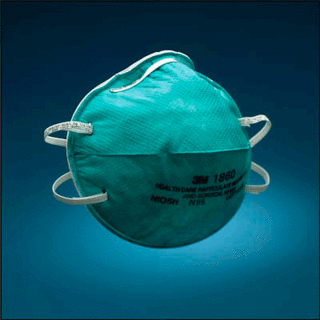
A breakthrough in comfort and convenience. This three-panel respirator with innovative design is ideally suited for work settings that involve heat, humidity, or long periods of wear.
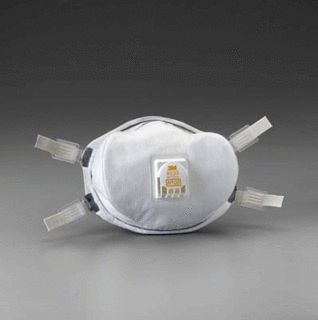
8233 N100
Well suited for those who want NIOSH's highest rated filtration efficiency in a maintenance free respirator. It provides a minimum filter efficiency of 99.97% against non-oil based particles.

Designed to help provide comfortable, reliable worker protection against certain non-oil based particles. Its lightweight construction promotes greater worker acceptance and comfort and increased wear time.

These N95 particulate respirators are not only softer feeling for more comfortable wear, but also have an interior foam flap for a snug effective fit around the nose. Head straps securely stapled to tabs assure filtering performance integrity.
Cara's 100% Cotton Gloves Offer Multiple Uses:
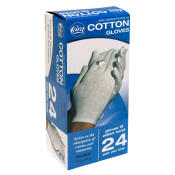
- 100% Dermatological
|
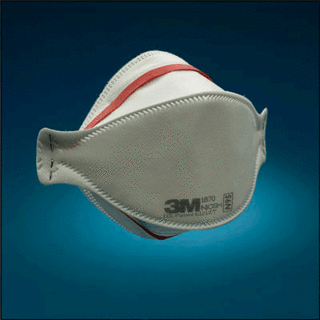
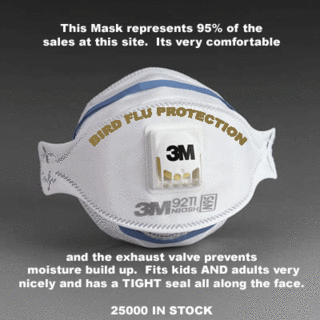


0 Comments:
Publicar un comentario
<< Home